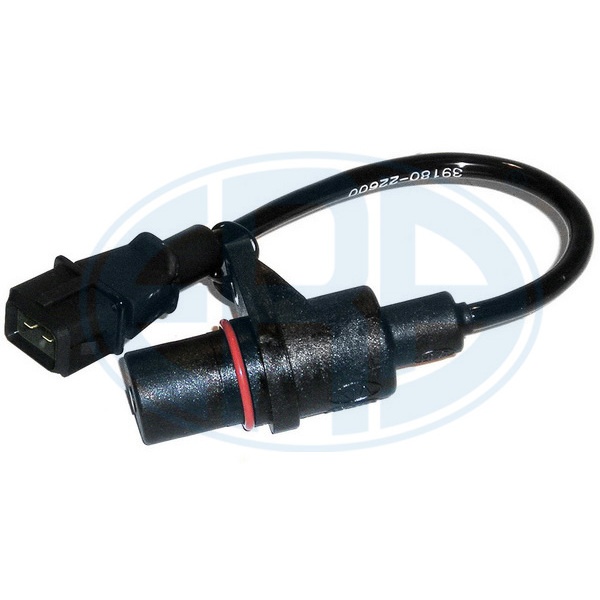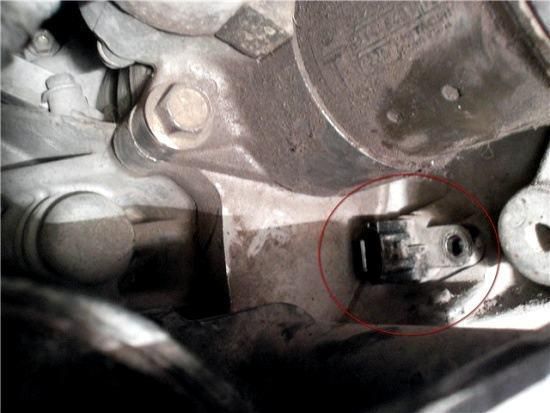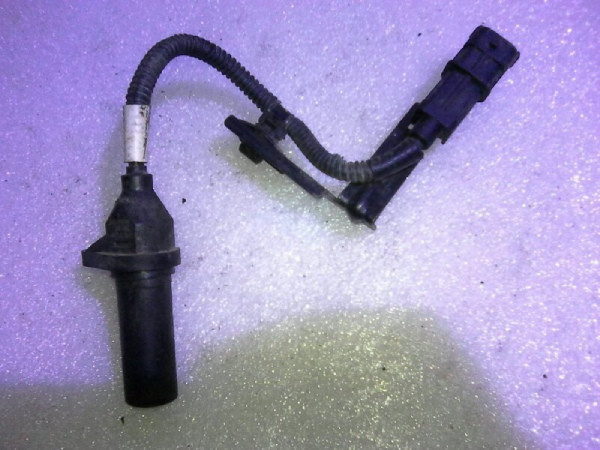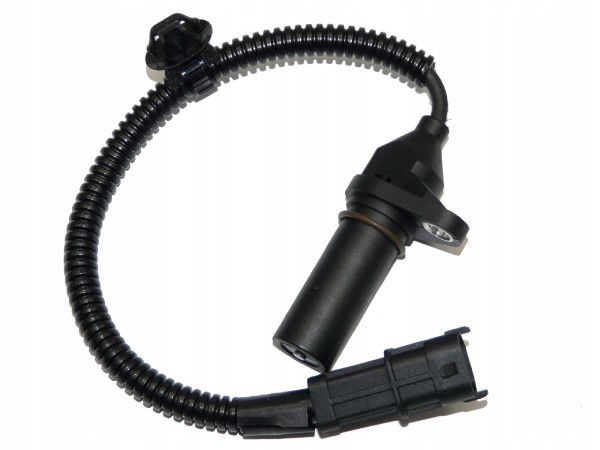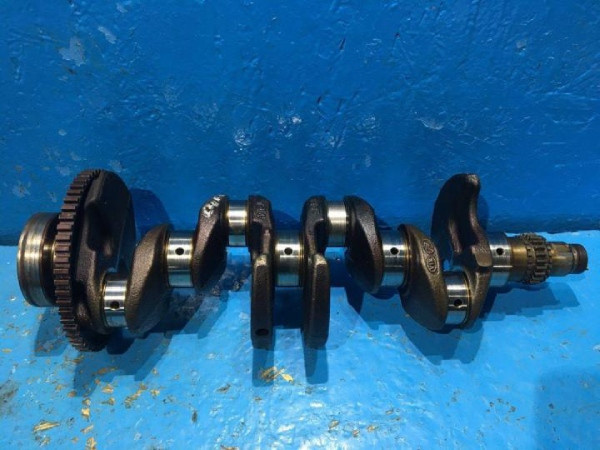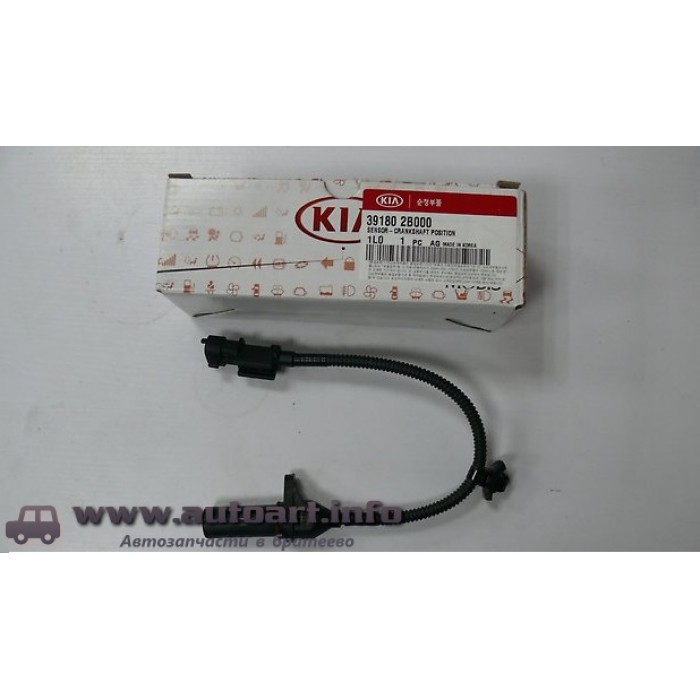
Crankshaft Position Sensor Kia Rio 3
Content

The Kia Rio 3 crankshaft position sensor (abbreviated as DPKV) synchronizes the operation of the ignition and fuel injection systems.
The device sends a signal to the engine control unit. The device looks at the crankshaft crown (timing disk), reads the necessary information from the missing teeth.
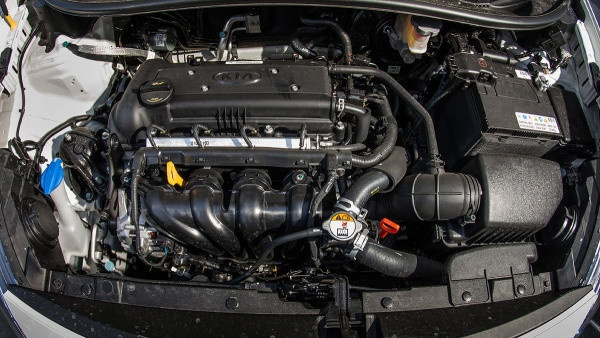
If the Kia Rio 3 DPKV fails, the internal combustion engine will stop or not start.
A more common problem (quick fix) is when the signal or power cable is disconnected from the node. Next, we will discuss what are the signs and causes of a device malfunction, how to replace it.

Symptoms of DPKV malfunction

The following symptoms indicate a problem with the sensor:
- engine power will decrease, the car will pull weakly when loaded and when driving uphill;
- ICE revolutions will “jump” regardless of the operating mode;
- fuel consumption will increase;
- the accelerator pedal will lose responsiveness, the engine will not gain momentum;
- at higher speeds, fuel detonation will occur;
- code P0336 will appear.
These symptoms may indicate problems with other Kia Rio 3 devices, so a detailed check of the sensors may be required. Kia Rio 3 DPKV must be replaced if it is established with certainty that this device is the culprit of problems in the operation of the power plant.
Causes of failure of the crankshaft sensor Kia Rio 3
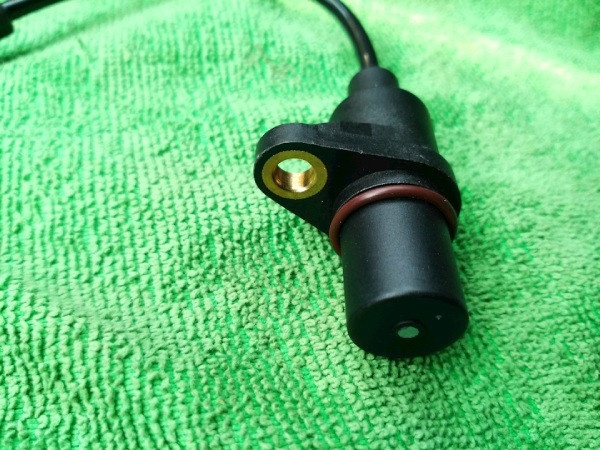
The failure of the Kia Rio 3 sensor occurs for various reasons.
- The correct distance between the DPKV core and the disk responsible for changing the timing (installing a new part, repair, accident, dirt). The norm is from 0,5 to 1,5 mm. Installation is carried out with pre-installed washers.

- Broken wiring or bad connection. If the latch is damaged, the chip connection is loosened. Less often, you can observe a picture when the cable sheath is damaged, there is a fracture. A weak or missing signal (it can also go to ground) does not allow the control unit to correctly coordinate the operation of the motor.

- The integrity of the winding inside the Kia Rio 3 DPKV is broken. The winding is damaged due to constant vibrations created by the operation of the car, oxidation, factory defects (thin wire), partial destruction of the core.

- The disk responsible for synchronization is damaged. The teeth on the crankshaft platter can be damaged as a result of an accident or careless repair work. In addition, the accumulated dirt causes uneven tooth wear. The mark may also disappear if the rubber cushion breaks.

Since the Kia Rio 3 crankshaft sensor is a non-separable part, in the event of failure, it must be completely replaced. This applies to the DPKV housing and wiring.
Sensor characteristics and diagnostics
The crankshaft sensor installed on third-generation Korean Kia Rio cars has the following specifications:

- lower voltage limit - 0,35 V;
- upper voltage limit - 223 V;
- dimensions in mm - 32*47*74;
- winding inductance - 280 MHz;
- resistance - from 850 to 900 ohms;
- weight - 59g.
How can I diagnose DPKV Kia Rio 3? The algorithm of actions is as follows:

- The hood opens.
- There is a block with wiring, which is located under the exhaust manifold. Lid separately.
- Using probes from the tester, we connect to the crankshaft sensor in the resistance measurement mode. Readings must be within the range indicated above. If the value is less than 850 ohms or greater than 900 ohms, the device is faulty.
Replacement is required when the test has shown that the sensor has failed.
Choosing DPKV
The choice of crankshaft sensor Kia Rio 3 is an original part. The original article of the sensor is 39180-26900, the price of the part is 1 thousand rubles. The price range of alog devices is small - from 800 to 950 rubles. You should refer to the following list:

- sensor Lucas (catalog number SEB876, also SEB2049);
- Topran (catalog number 821632),
- Autolog (catalog numbers AS4677, AS4670 and AS4678);
- Meat and doria (goods 87468 and 87239);
- Standard (18938);
- Hoffer (7517239);
- Mobiltron (CS-K004);
- Detail of Kavo (ECR3006).
Replacing the crankshaft sensor Kia Rio 3
You need to answer the question, where is the DPKV in the Kia Rio 3 car.
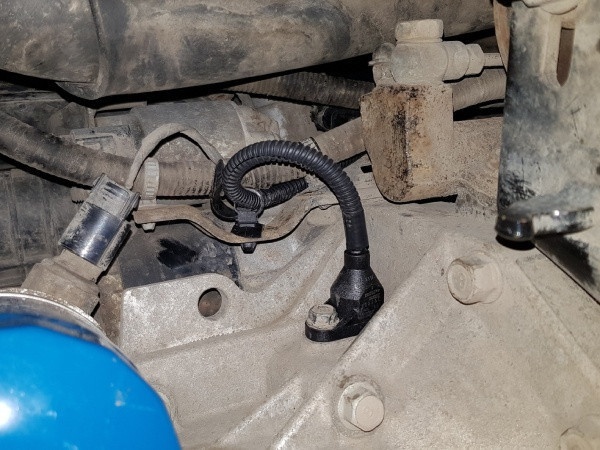
The Kia Rio 3 crankshaft sensor is connected to the cylinder block under the exhaust manifold. Replacement is carried out in several stages, and all work can be done independently. Driver replacement tools:

- the key to "10";
- end head;
- necklace;
- flat screwdriver;
- clean rag;
- new device.
The algorithm of actions is as follows:
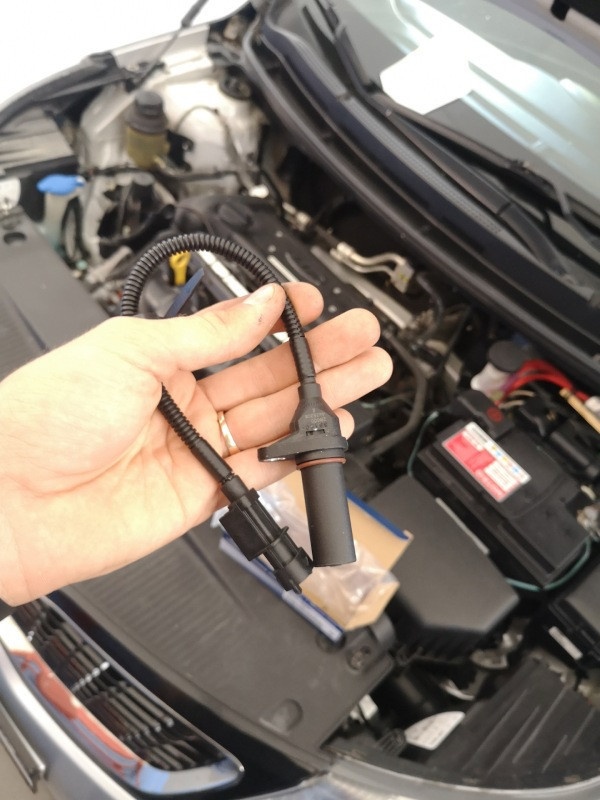
- The car is installed above the inspection hole, the parking brake is turned on and the bumpers are placed under the rear wheels. You can lift the car on the lift.
- In the cylinder block under the manifold responsible for the intake, we are looking for a sensor. Wiring harness disconnected.

- The fixing screw is unscrewed. The device is removed, wiped with a dry cloth.
- Using a tester, Kia Rio 3 DPKV is checked (in resistance measurement mode).
- The seat is also washable. Installed a new crankshaft positioner.
- The fasteners are screwed in, the wiring is connected.
This completes the replacement of the Kia Rio 3 crankshaft sensor. It remains to check the smooth operation of the engine at idle and at high speeds while driving.
 Checking the operation of the DPKV
Checking the operation of the DPKV
Conclusion
The Kia Rio 3 crankshaft sensor reads information about the position of the shaft from a reference disk with teeth.
If the device does not work properly, the car may simply not start or stop abruptly while driving.
